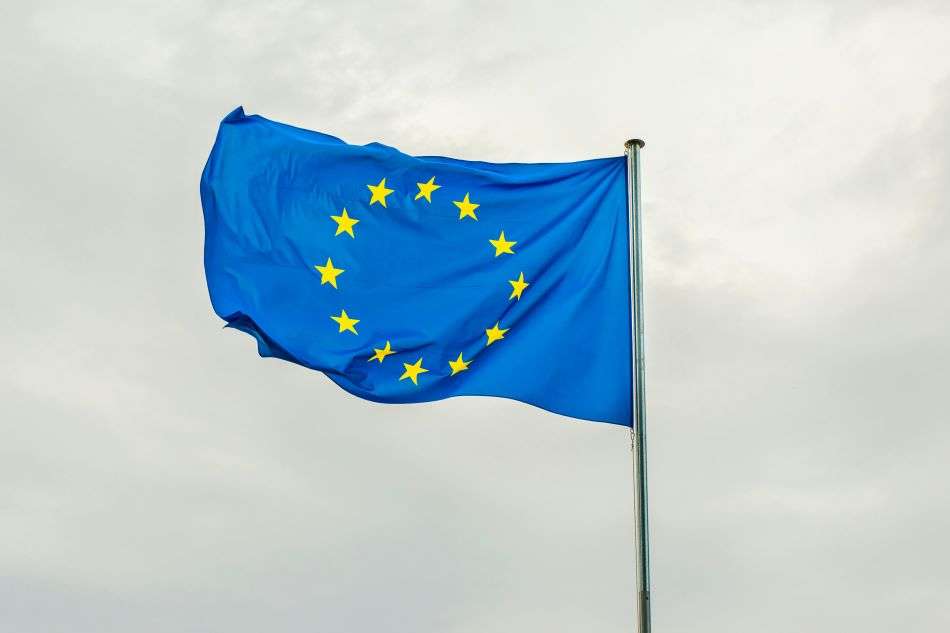EU AI Act: what you need to know

The European Union is taking the lead in the global effort to regulate artificial intelligence (AI) with the introduction of the EU AI Act. This landmark legislation, the first of its kind worldwide, aims to foster an environment where AI technologies can flourish while upholding the core values of human dignity, rights, and trust. The Act’s risk-based approach ensures that AI systems are subject to varying degrees of regulatory scrutiny, depending on their potential impact on individuals and society.
Key Points
- Pioneering Regulation: The EU AI Act is the first comprehensive legislation of its kind globally, aiming to balance AI innovation with ethical considerations.
- Risk-Based Approach: A cornerstone of the Act, the risk-based framework categorizes AI systems into four risk levels, each with tailored requirements.
- Prohibitions and Restrictions: The Act strictly prohibits AI systems deemed to pose an unacceptable risk and imposes stringent requirements on high-risk systems.
- Transparency and Accountability: The Act emphasizes transparency by mandating user awareness when interacting with AI and clear labeling of AI-generated content.
- Fostering Innovation: The Act promotes innovation by allowing free use of AI systems posing minimal or no risk.
The Risk-Based Framework: The Act’s Cornerstone
The EU AI Act’s risk-based framework is its defining feature. It categorizes AI systems into four distinct risk levels: unacceptable risk, high risk, limited risk, and minimal or no risk. This classification isn’t just theoretical; it has tangible consequences for how AI is developed and used within the EU.
- Unacceptable Risk: The Red Line
AI systems deemed to pose an unacceptable risk are those that fundamentally threaten safety, livelihoods, and fundamental rights. This includes systems that employ manipulative techniques, exploit vulnerabilities, or engage in discriminatory practices like social scoring. The EU AI Act takes a firm stance against such systems, prohibiting them outright. The message is clear: certain AI applications simply cross the ethical red line.
- High-Risk AI: Under the Microscope
High-risk AI systems are those with the potential to significantly impact safety or fundamental rights. This broad category includes AI used in critical infrastructure, healthcare, law enforcement, and employment. The AI Act subjects these systems to stringent requirements, including conformity assessments, risk management systems, and human oversight. The stakes are high, and the EU is ensuring that these powerful AI systems are developed and deployed responsibly.
- Limited Risk: The Transparency Imperative
Limited-risk AI systems are primarily associated with concerns about transparency. The AI Act introduces specific transparency obligations to ensure that users are adequately informed when interacting with AI. For instance, when engaging with AI-powered chatbots, users should be explicitly made aware that they are not communicating with a human. The goal is to foster trust by ensuring that individuals can make informed decisions about their interactions with AI. The Act also mandates that AI-generated content, such as deepfakes, be clearly labeled, further promoting transparency and combating misinformation.
- Minimal or No Risk: The Freedom to Innovate
The AI Act recognizes that the vast majority of AI systems pose minimal or no risk. These include applications like AI-enabled video games or spam filters. The Act allows for the free use of such minimal-risk AI, encouraging innovation and experimentation in this rapidly evolving field. The EU understands the importance of striking a balance between regulation and fostering a thriving AI ecosystem.
Severe penalties for non-compliance

The AI Act introduces a system of penalties to ensure compliance and discourage any violations. The severity of the penalties is linked to the nature and gravity of the infringement.
- Administrative Fines: The Act empowers Member States to impose administrative fines for non-compliance. The fines can be substantial, reaching up to €30 million or 6% of the company’s total worldwide annual turnover for the preceding financial year, whichever is higher, for the most serious infringements. These include non-compliance with the prohibitions on certain AI practices or the data quality requirements for high-risk AI systems.
- Other Penalties: The EU AI Act also allows for other penalties, such as product recalls, withdrawals from the market, or restrictions on the use of AI systems. The specific penalties will be determined by each Member State, but they must be effective, proportionate, and dissuasive.
The EU AI Act’s penalty system underscores the importance of compliance and serves as a deterrent for any potential violations. It sends a clear message that the EU is serious about ensuring the responsible and ethical use of AI.
Practical Implications: Navigating the New Landscape
The EU AI Act isn’t just a theoretical framework; it has real-world implications for businesses, AI start-ups, and users. Let’s explore some practical steps these stakeholders need to take to navigate this new regulatory landscape.
For Businesses
- Compliance is Key: Businesses need to understand these rules and make sure their AI systems follow them. This might mean changing how they develop and use AI in order to comply with the EU AI Act. .
- Risk Management: If your AI system is considered “high-risk” (like those used in healthcare or law enforcement), you need to do a thorough risk assessment. This means identifying potential problems and figuring out how to minimize them.
- Data Quality: The EU AI Act emphasizes the importance of using good data to train AI. You need to make sure your data is accurate, unbiased, and representative of the people the AI will be used on.
- Transparency: People should know when they’re interacting with AI. Be upfront about how your AI system works and what data it uses.
- Conformity Assessments: High-risk AI systems need to go through a conformity assessment to prove they’re safe and follow the rules. This is like getting a safety check before you release your AI.
For AI Start-ups
- Regulatory Sandboxes: A Safe Space to Experiment: The EU AI Act encourages the use of “regulatory sandboxes.” These are controlled environments where you can test your AI systems before they’re released to the public.
- Data Access is Crucial: You need good data to train your AI. The EU AI Act wants to make it easier for you to access high-quality datasets.
- Transparency Breeds Credibility: Being open about how your AI works and what data it uses can help you build trust with customers and investors.
For Users
- Know Your Rights: The AI Act gives you rights when it comes to AI. You have the right to know when you’re interacting with AI and the right to challenge decisions made by AI.
- Be informed: Pay attention to when you’re using AI and what information it’s collecting about you.
- Think Critically: AI can be used to create fake content that looks very real. Don’t believe everything you see or hear online.
- Don’t Stay Silent: If you see AI being used in a way that seems harmful or unfair, report it. You can help make sure AI is used responsibly.
The path forward or a stifle to innovation
The EU AI Act is a pioneering piece of legislation that has the potential to shape the future of AI worldwide. By setting a high standard for ethical and responsible AI development and use, it encourages all stakeholders to prioritize trustworthiness.
However, the EU AI Act has also drawn criticism for its potential to stifle innovation and make the European block a less attractive destination for AI projects. The Act’s stringent requirements, particularly for high-risk AI systems, have raised concerns about the burden of compliance, especially for smaller companies and startups.
Critics argue that the focus on risk management and conformity assessments could create a ‘controlled innovation’ environment, limiting the freedom to experiment and take risks that is often crucial for groundbreaking advancements.
Conclusions on EU AI Act
The debate surrounding the AI Act highlights the delicate balance between regulation and innovation, and the ongoing challenge of ensuring that AI technologies are developed and deployed responsibly without stifling their transformative potential.




